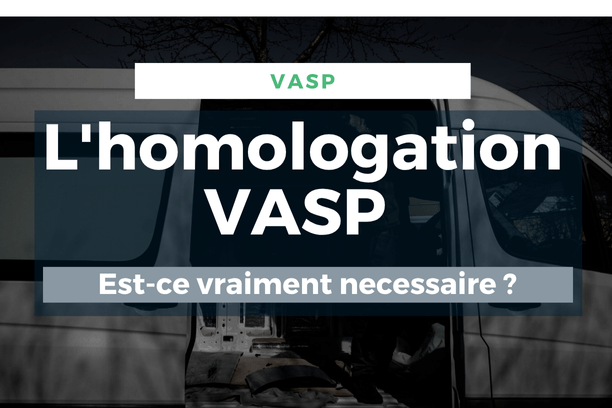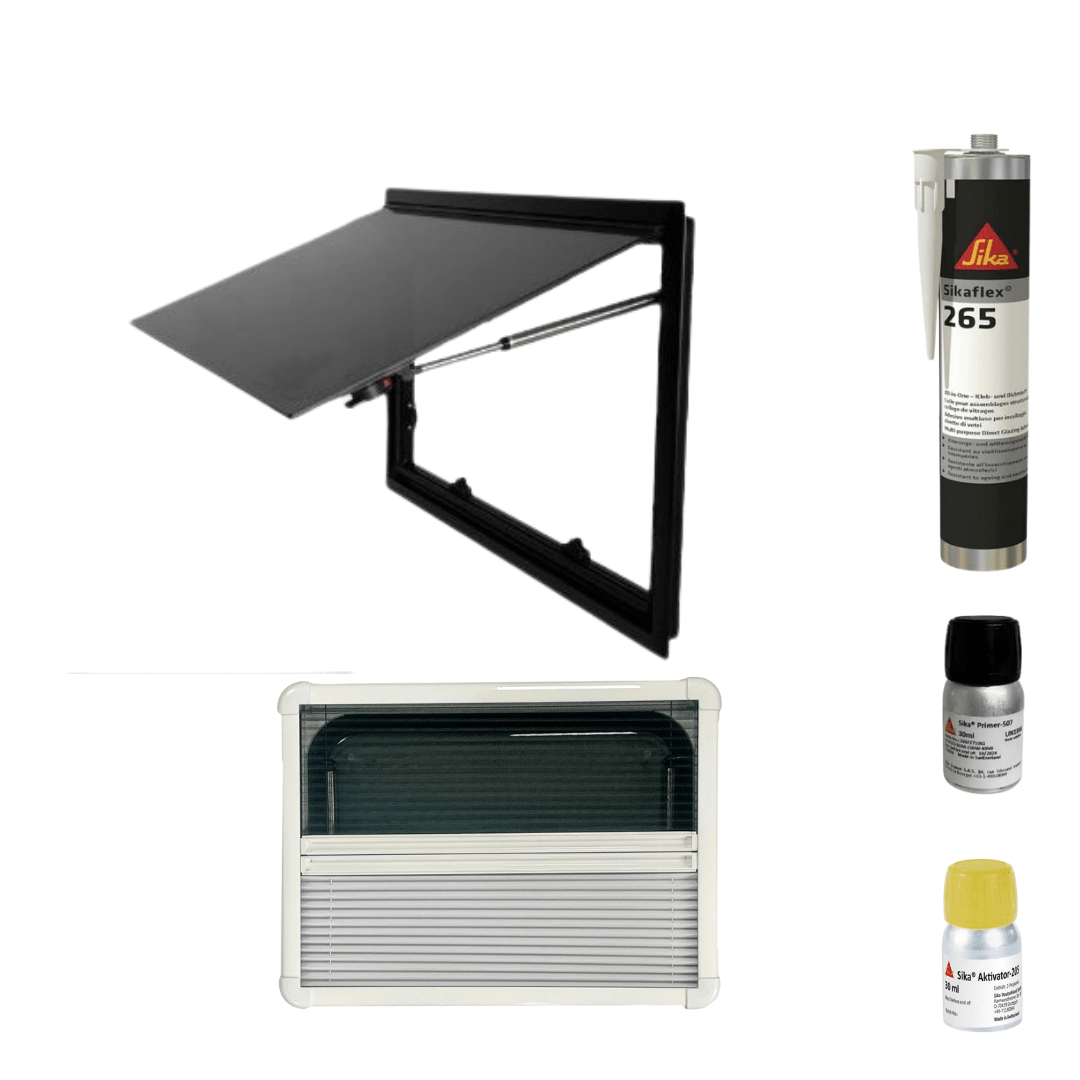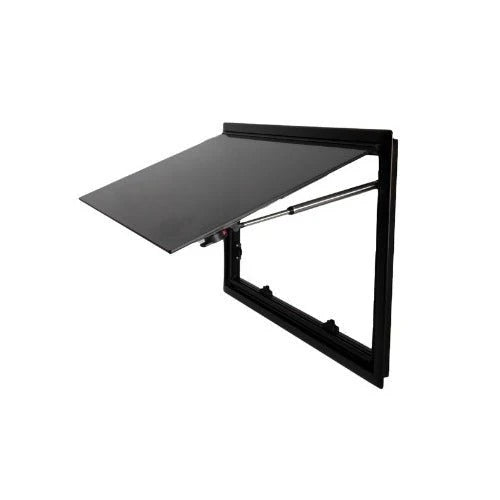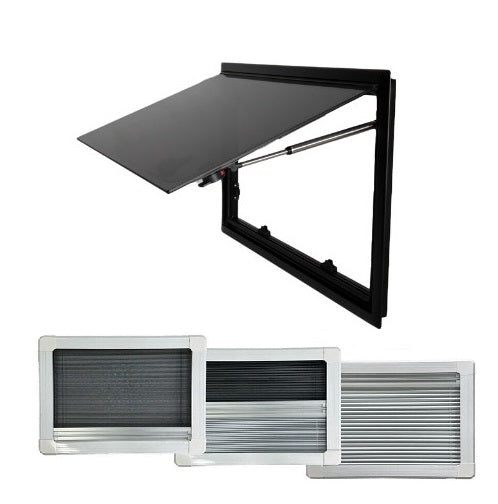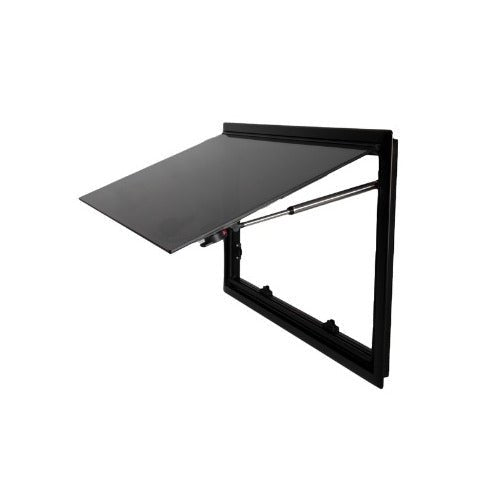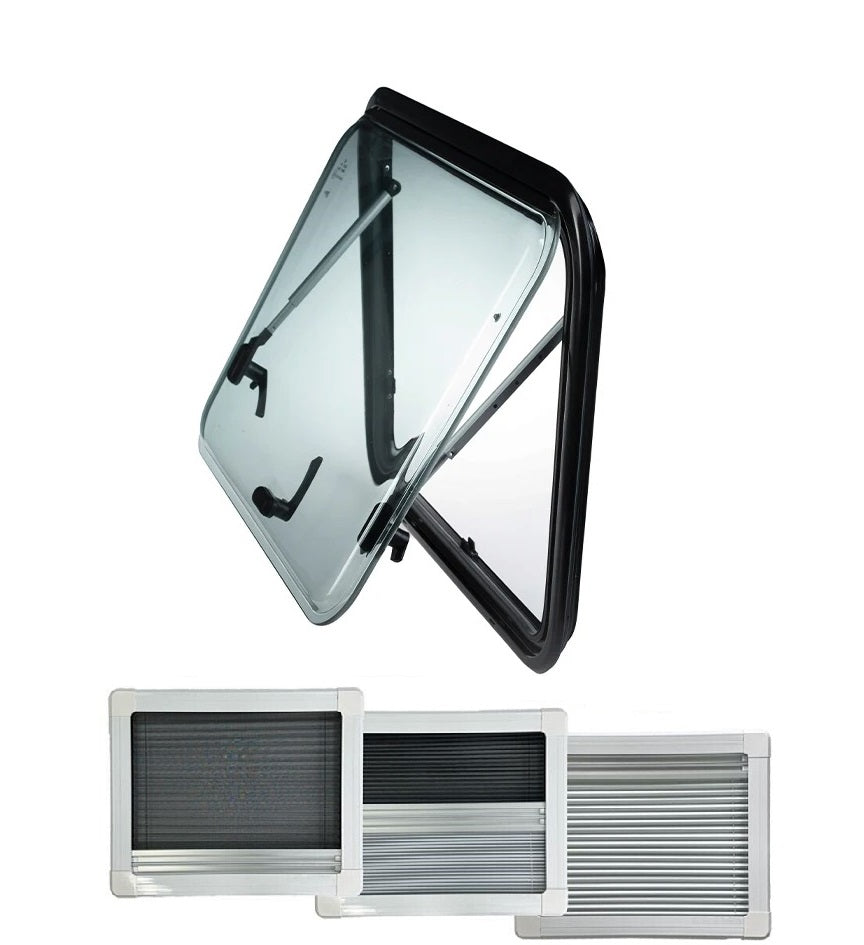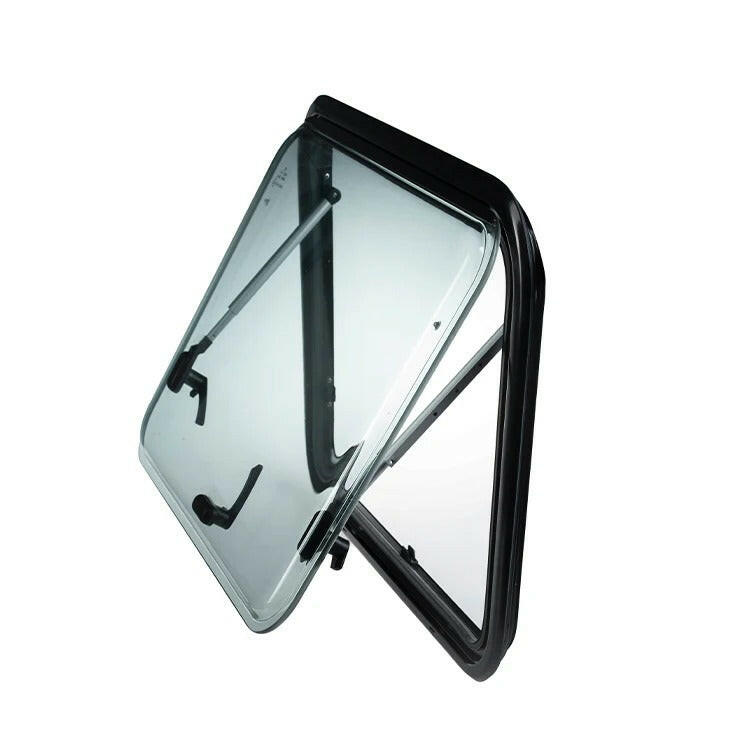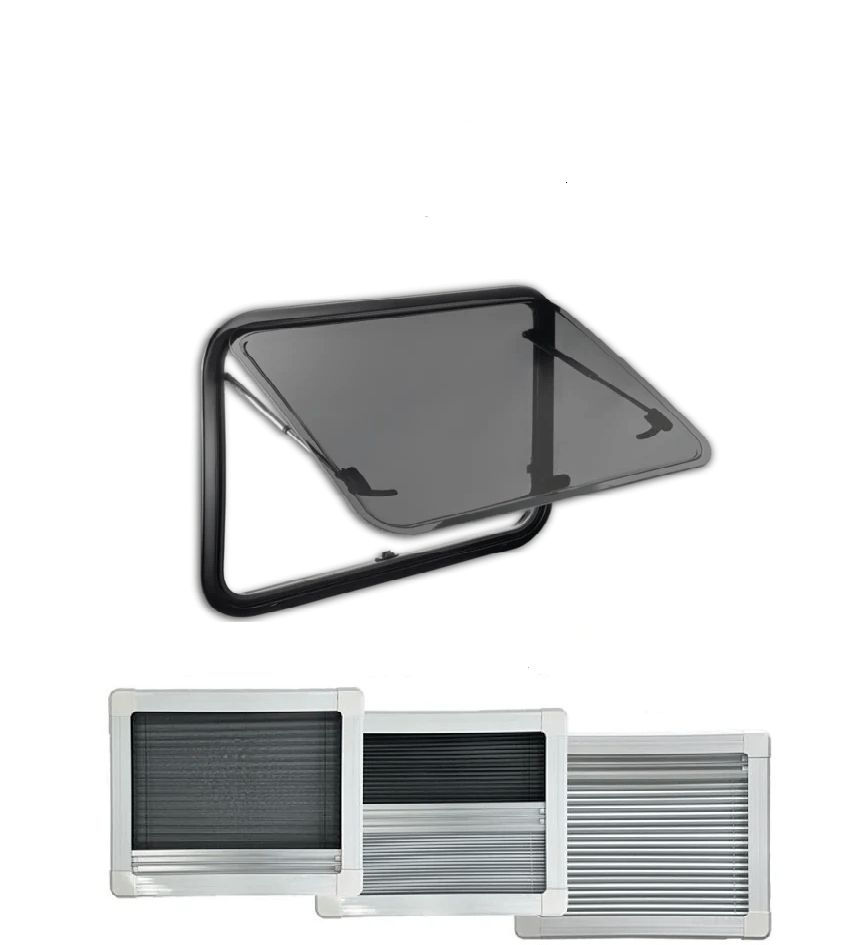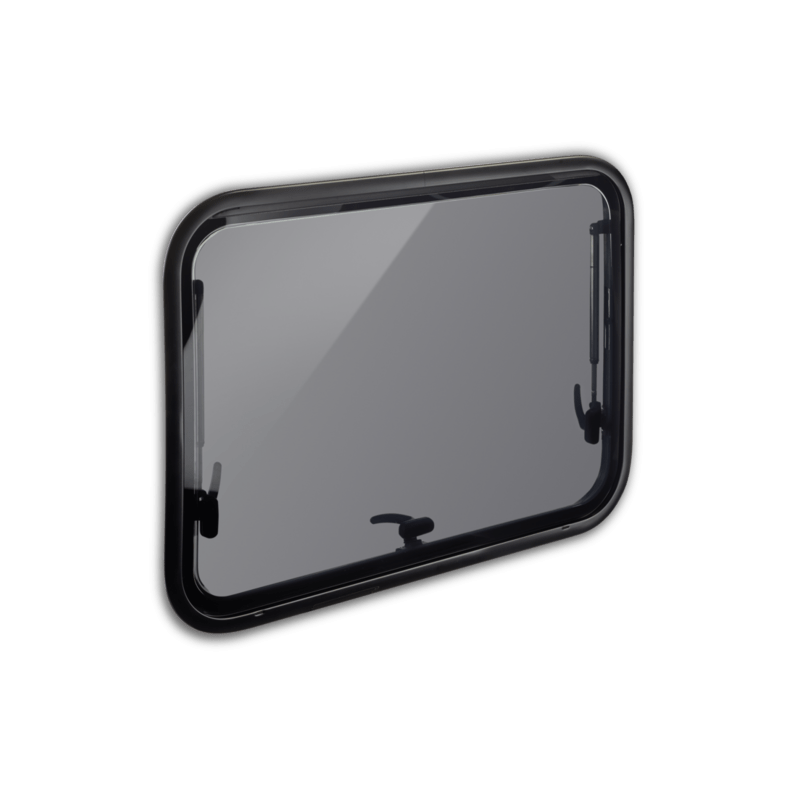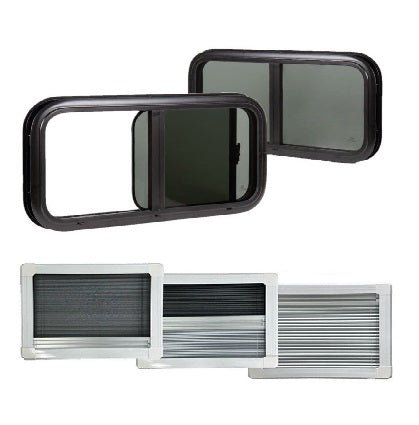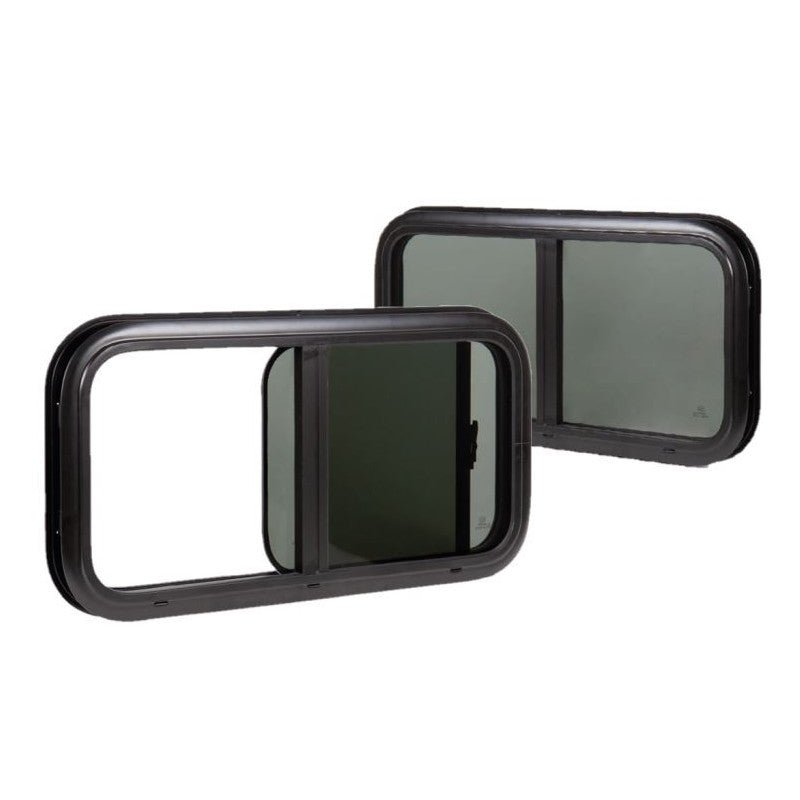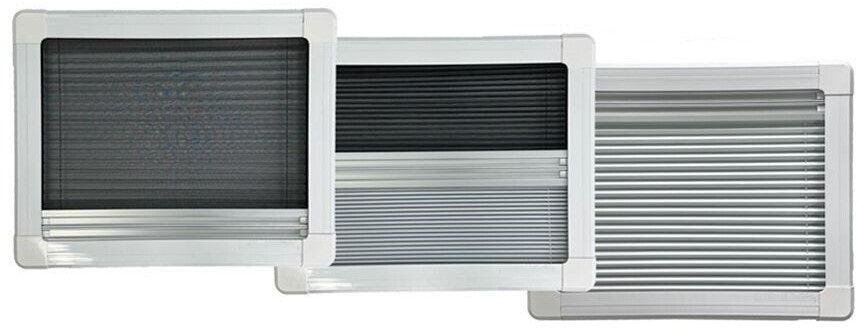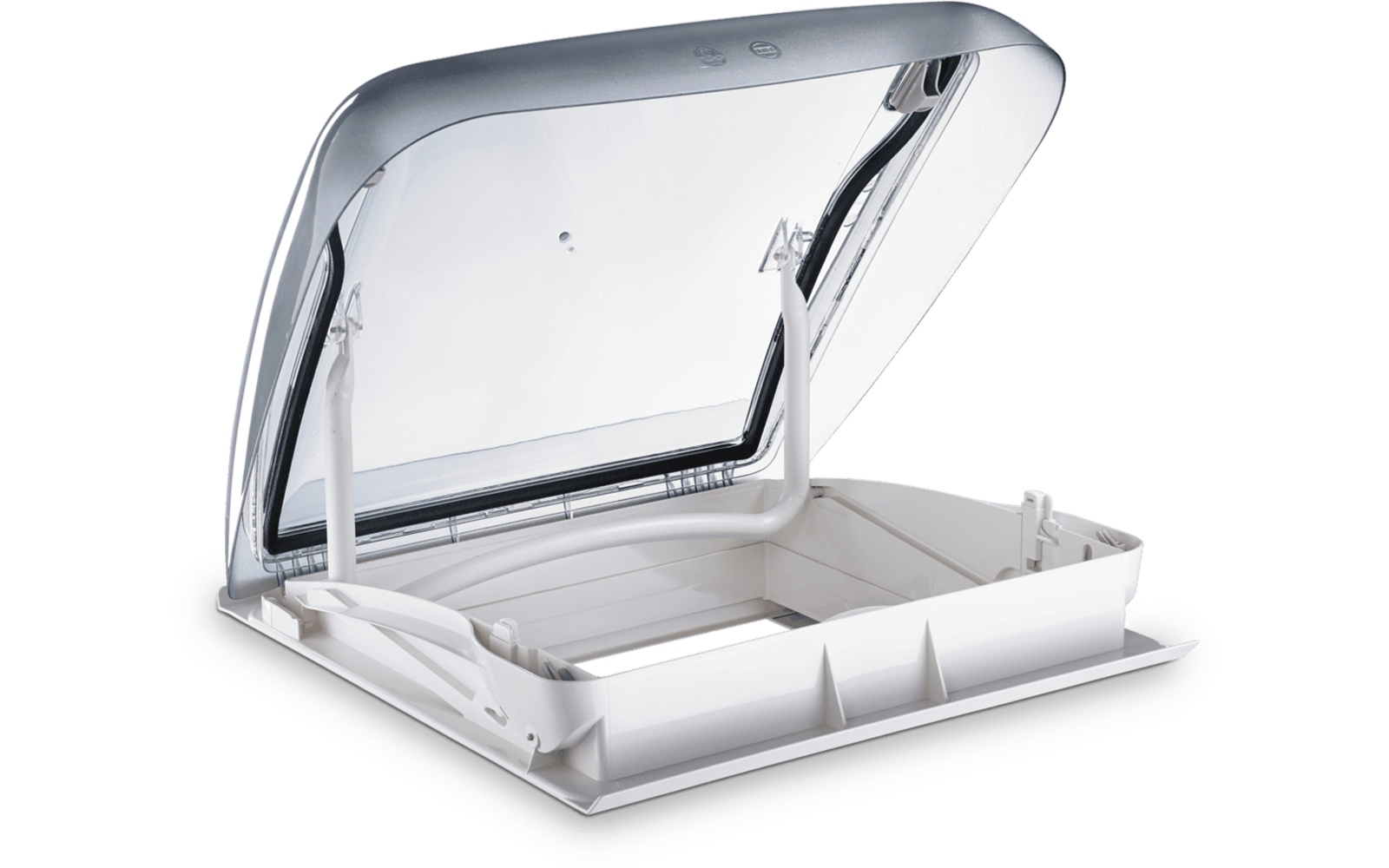The question of VASP approval often raises questions. You are probably wondering if this procedure is essential after converting your utility vehicle? Don't worry, we help you clarify this crucial point.
The answer is simpler than it seems. By the end of this article, you will be able to make an informed decision on the subject: is it necessary to undertake this approval procedure or not?
We will detail the situations where the DREAL necessarily requires a VASP approval, and those where you may possibly do without it.
Our Vanlife conversion experts are here for you! Whether you have a question about our products or are looking for advice to transform your van into a true nomadic cocoon, contact us – we will be happy to guide you!
The criteria that require VASP approval
To obtain a VASP Caravan approval, your vehicle must meet specific requirements. This rule also applies if you are considering VASP approval for an ambulance or a fire truck, although the criteria differ depending on the targeted category.
It is essential to understand that all these classifications (VASP, CTTE, VP, etc.) appearing on line J1 of the registration certificate have a specific purpose: to ensure that the vehicle identification documents accurately reflect its configuration and actual use.
Imagine a converted van that has all the characteristics of a camper but whose registration certificate designates it as a goods transport vehicle (CTTE). From then on, in certain situations, complications could arise during your travels. The principle is the same for vans: consistency is paramount!
To be classified as a camper, your vehicle must imperatively meet 5 specific criteria, defined in the European directive 2007/46/CE (section 5.1). This regulation stipulates that vehicles intended for habitation must be equipped with the following elements in their living space:
- A convertible bench seat (fixed beds are tolerated in 99% of cases)
- A kitchen area with a fixed cooking element
- Seating places
- Storage
- Everything must be immovable.
All of these equipments must be permanently fixed to obtain the camper classification.
If your conversion meets these conditions, the VASP approval procedure then becomes mandatory. We will discuss later in this article the potential consequences of not complying with this obligation.
Today, simply removing an element (such as the kitchen area or the entire table and seats) is often used as a reliable solution to pass the technical inspection peacefully since the vehicle does not meet all the requirements to be in VASP.
Is VASP approval essential to remain compliant with the law?
There is a legal alternative to VASP approval! The key lies in keeping your van below the criteria that would classify it as a camper. To legally drive a converted van without going through the DREAL VASP approval procedure, here are the essential points to respect:
- A minimalist van conversion
Take the example of a vehicle where the conversion consists mostly of removable elements: this allows the vehicle to pass the technical inspection without difficulty.
To legally keep a CTTE registration certificate (van), the conversions must remain moderate.
Below is a summary table detailing the allowed conversions and those to avoid to remain compliant without requiring VASP approval:
| YOU CAN | YOU CANNOT |
| Insulate your vehicle | Install a fixed cooking system
|
| Install an interior lining | Install a pop-up roof (especially for L1H1 vans like Transporter T5) |
| Install a complete electrical system (including solar panels) | Install a gas heating system |
| Install openings (windows, Skylight, ventilation systems, etc.) | Install a water heater operating with hazardous materials (gas, diesel...) |
| Install a worktop (without fixed cooking point) | Gas installation is generally refused during technical inspections without appropriate VASP approval (camper or food truck) |
| Build furniture elements (It is recommended to favor easily removable installations) |
IMPORTANT NOTE: This list is not exhaustive and note that the assessment remains very dependent on the technical inspection center.
It is advisable to contact one or more centers beforehand, explaining the situation, and you will get a first opinion from the inspector. However, some technical inspection centers can be particularly picky if they detect signs of sleeping arrangements. In case of dispute, do not hesitate to assert your rights by citing directive 2007/46/CE mentioned earlier. Inspection centers cannot interpret the regulations at their whim!
- The question of the partition wall:
A crucial point! If you keep the CTTE status without going through the DREAL VASP approval, your vehicle must remain dedicated to goods transport. In this case, the removal of the partition wall is subject to restrictions (unlike VASP approval which allows its removal with the manufacturer's agreement if it concerns the structure). For a van keeping its CTTE status, here are the rules:
- For vehicles from 2012 or newer, the original partition must be kept
- For vehicles before 2012, removal is allowed
We have not found official documentation confirming this information communicated by the insurance and the DREAL. Nevertheless, given the credibility of these authoritative bodies, we consider this information reliable. The primary function of the partition being to prevent the movement of goods forward, this logic seems coherent (even if the origin of the date remains mysterious). In the context of a VASP approval, the removal of the partition is possible because AFNOR standards require a conversion ensuring the safety of all users, notably by preventing installations from threatening the driver and passengers.
Here are our recommendations regarding the partition wall:
- Favor common sense: if removing the partition requires modifications compromising the vehicle's structural integrity, keep it or request the manufacturer's authorization.
- For vehicles post-2012, we advise obtaining written authorization from the insurance, ideally accompanied by the manufacturer's agreement.
It is important to note that neither the DREAL nor the technical inspection will sanction you, whether you keep or remove the partition. This decision essentially depends on your INSURANCE!
Additional note: The partition in the van remains a very good way to secure your vehicle and thermally insulate it. When you install locks (Type Méroni) on the side door and rear doors, with a partition there will be no possible intrusion towards the rear of the vehicle from the front doors. There will also be fewer thermal bridges from the front windshield to the rear of the vehicle, the windshield being one of the most difficult parts to insulate.
What are the consequences if I do not approve my van when it is converted into a camper?
If your van is converted into a camper without going through VASP approval, there is a mismatch with its registration certificate! This situation can cause major complications, especially during the technical inspection, where you risk a categorical refusal, or worse, have serious repercussions regarding your insurance. It would be particularly unfortunate to be deprived of reimbursement in case of an accident, simply for neglecting the RTI file procedure, wouldn't it?
It is important to specify that we are only dealing here with the implications of a lack of approval for a vehicle that meets all the criteria of a camper!
Also note that some insurances insure the vehicle based on the use the insured makes of it and not only on the basis of the registration certificate. Contact your insurer to learn more about these terms.
Some insurances insure the vehicle by use, which can be a solution to be properly insured!
The consequences at the technical inspection
Presenting a converted van without VASP approval, or with an inadequate mention (such as VASP ambulance), while it is configured as a camper, will systematically result in rejection. That is certain. Even if you find a lenient technical inspection center, you expose yourself to considerable risks with your insurance.
Is VASP approval mandatory for a van?
VASP approval is necessary if your converted van meets specific criteria. This ensures that the vehicle complies with safety and usage standards.
What criteria require VASP approval?
To be approved, your van must have fixed equipment such as a table, a sleeping system, and a kitchen. These elements must be permanent and compliant with standards.
What are the consequences of not approving?
Without approval, your van may be refused at the technical inspection and your insurance might not cover damages in case of an accident. This can lead to financial complications.
How to legally avoid VASP approval?
To avoid approval, keep your conversion minimalist and avoid fixed installations. Make sure your vehicle remains classified as CTTE to also circulate legally.
What are the mandatory elements to be in VASP?
To be required to pass in VASP, you need:
- A convertible bench or a fixed bed
- A kitchen area including a fixed cooking element
- Seating places.
- Upper or lower storage
- Everything must be immovable
What is the cost of a VASP approval
The cost of a VASP approval varies between €700 and €1500 depending on the parts of the file you manage yourself and the certification bodies you use

